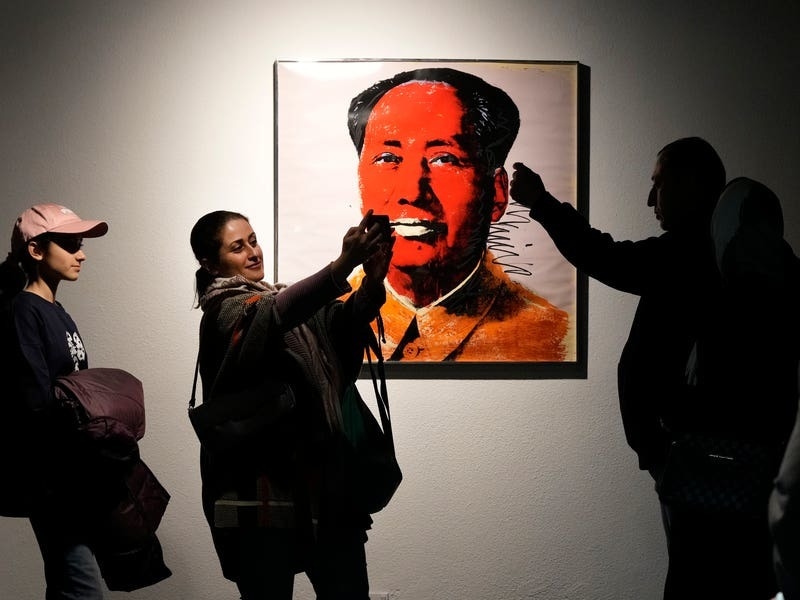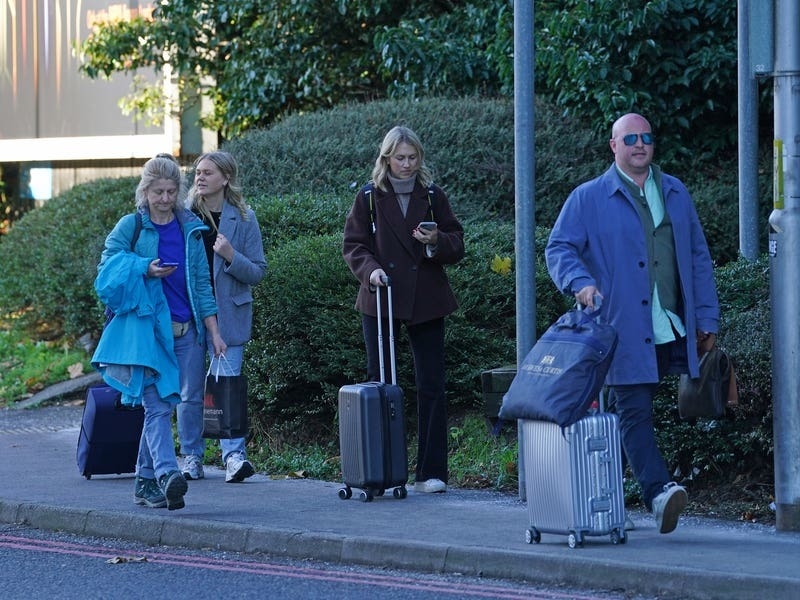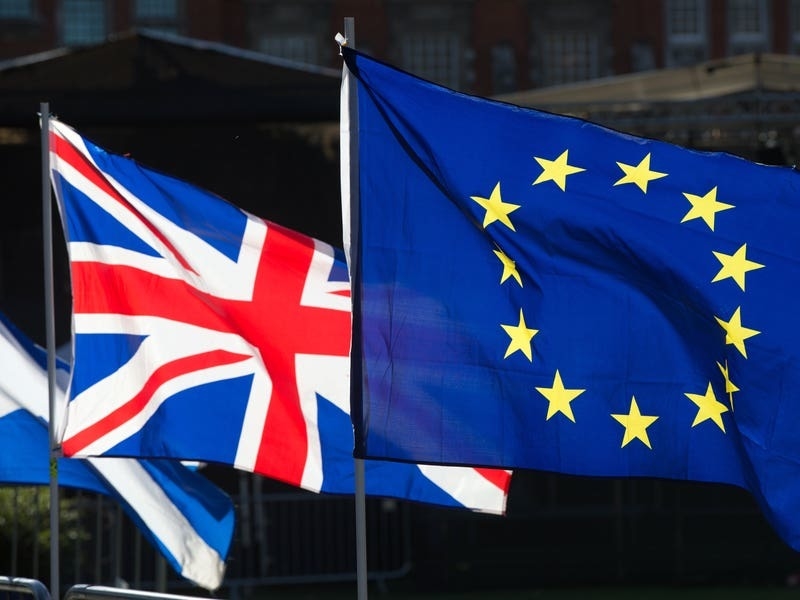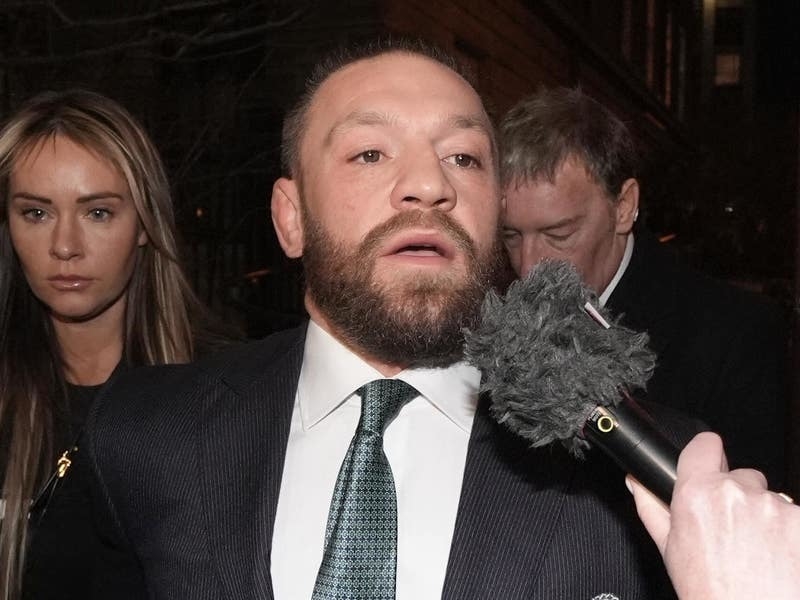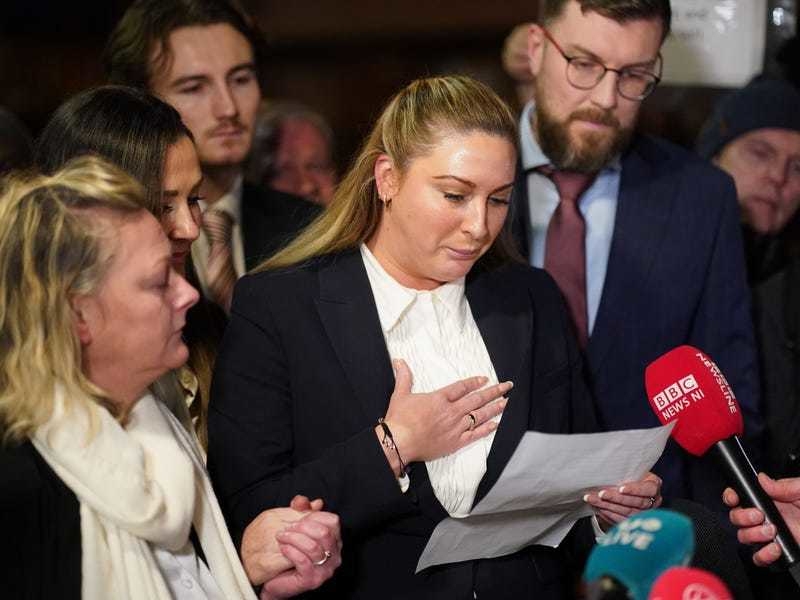As Iran faces increasing tensions with the West and turmoil at home, a new exhibition at the Tehran Museum of Contemporary Art is displaying Western artwork including pieces by Pablo Picasso, Andy Warhol and Francis Bacon not seen by the public in at least a decade.
The unveiling of the exhibition “Eye to Eye” has drawn many women, their hair uncovered, to the underground galleries of the museum in Tehran’s Laleh Park.
Their presence, while unacknowledged by authorities, shows the way life has changed inside Iran in the last few years – even as the country’s theocracy presses forward with enriching uranium to near-weapons grade levels and launches attacks on Israel during the ongoing Middle East wars.
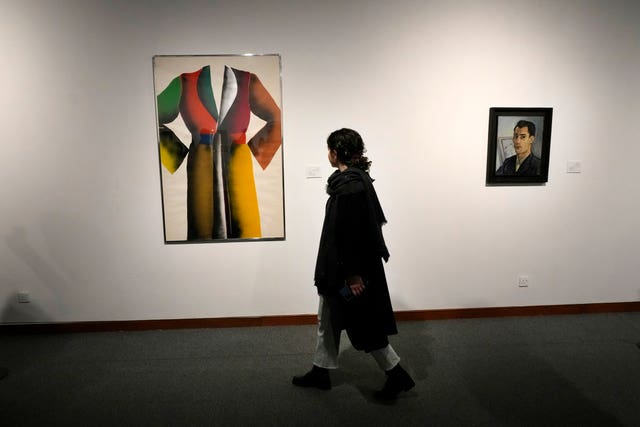
“If such events are held here and we can see artworks like the rest of the world, it’s enough. They are really precious.”
The government of Iran’s Western-backed shah, Mohammad Reza Pahlavi, and his wife, the former Empress Farah Pahlavi, built the museum and acquired the vast collection in the late 1970s, when oil boomed and Western economies stagnated.
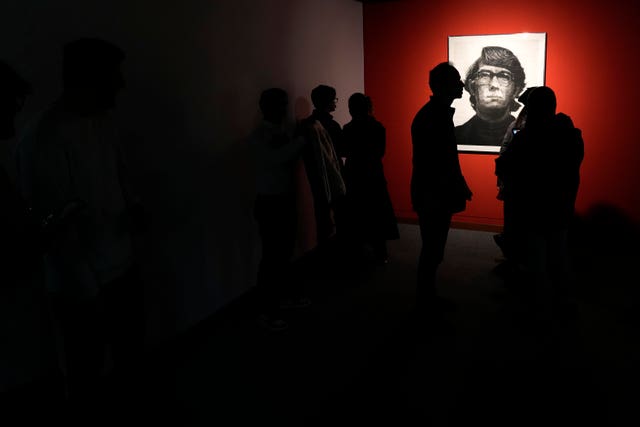
But just two years later, in 1979, Shia clerics ousted the shah and packed away the art in the museum’s vault.
Some paintings – cubist, surrealist, impressionist and even pop art – sat untouched for decades to avoid offending Islamic values and the appearance of catering to Western sensibilities.
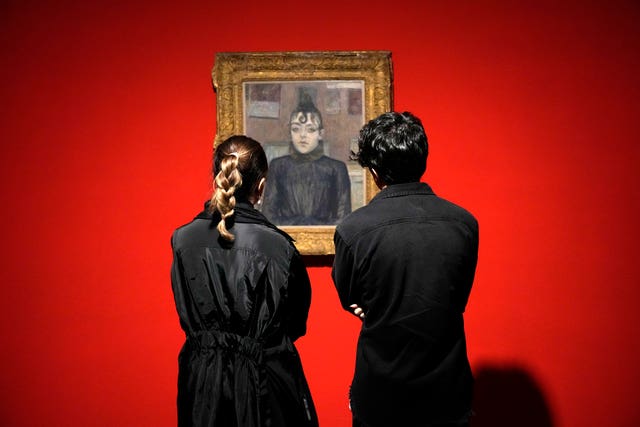
Today, the collection is likely worth billions of dollars. Even with Iran now cash-strapped under Western sanctions, officials with the museum have been able to advocate for keeping the collection, though there have been occasional trades in the past for items from Persian history.
Those sanctions may increase under the next administration of US President-elect Donald Trump.
As Iranian politics have thawed, re-froze and thawed again, the collection resurfaces along with those changes.
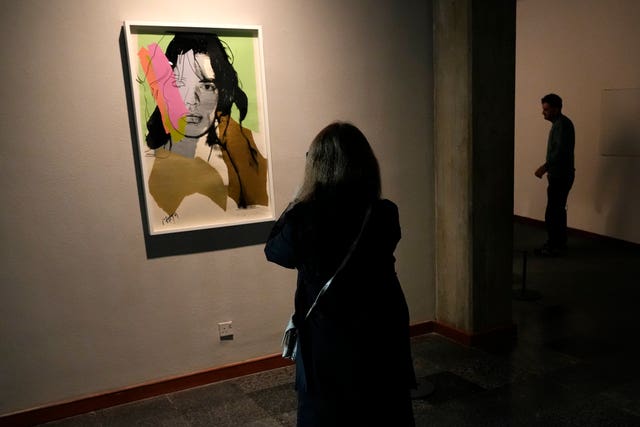
Another Warhol portrait of Rolling Stones frontman Sir Mick Jagger also garnered attention.
Jamal Arabzadeh, the exhibition’s curator, said: “A lot of these works are important works in the history of art, and that’s why this show distinguishes itself from others.
“A lot of people with less exposure to art have discovered the museum for the first time. We are seeing a part of the community that are discovering art and the museum and see the potential of this place, and this is something to be proud of.”
The presence of Western art comes as Iran’s government has long fought against items like Barbie dolls and depictions of cartoon characters from The Simpsons.
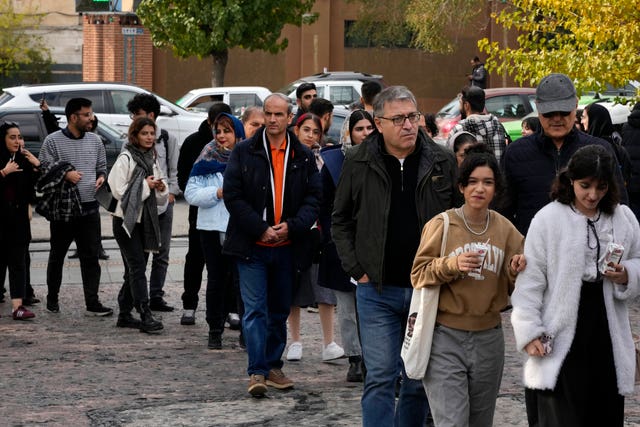
With a ticket costing the equivalent of 14 US cents, the exhibition offers a rare government-sanctioned event not involving the country’s politics or Shia religion.
Among the visitors were many women defying the country’s mandatory headscarf, or hijab, law. Crackdowns over the hijab have slowed down after Iran’s presidential election in July that elected reformist President Masoud Pezeshkian, though individual cases of arrest continue to draw anger.
And for many, the cost of tickets to travel abroad given Iran’s collapsing rial currency keep foreign museums out of reach.
“This is very attractive for art enthusiasts because not everyone can go and see museums abroad. It’s extremely exciting to see the works here,” said one woman.
“I had no idea I could see works by van Gogh and Picasso here.”

